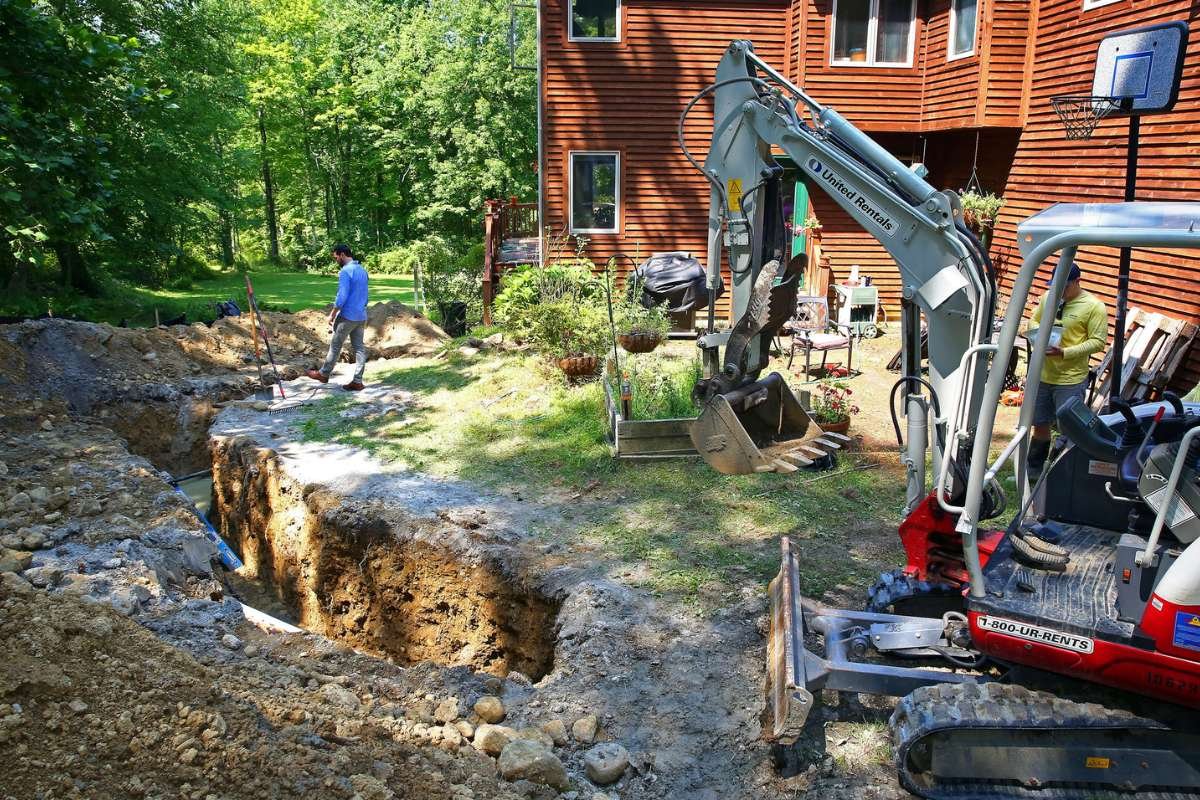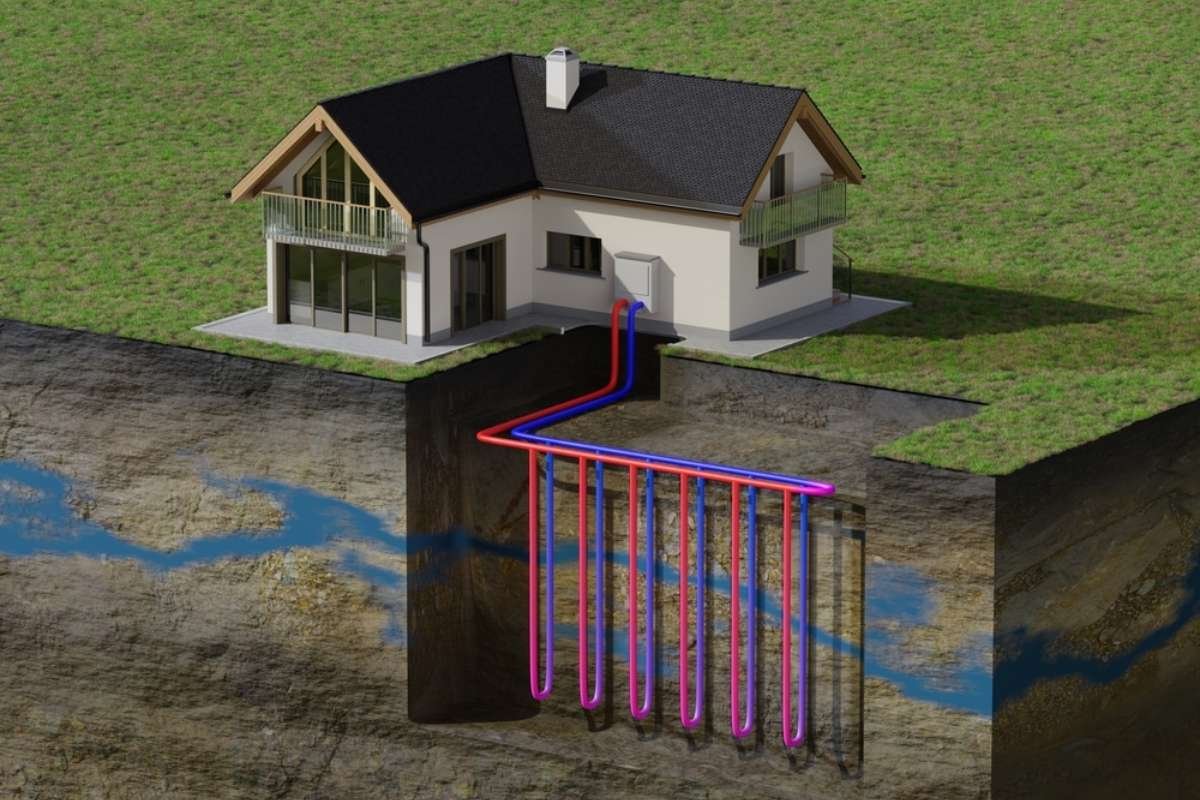As the world moves toward more sustainable and energy-efficient solutions, homeowners and businesses alike are seeking alternatives to traditional heating methods. One such innovation, the geothermal heating system, has been gaining attention for its efficiency, longevity, and environmentally friendly benefits. Unlike conventional heating systems that rely on fossil fuels or electricity from the grid, geothermal systems utilize the stable temperatures beneath the earth’s surface to regulate indoor climates all year round.
In this article, we explore how a geothermal heating system works, its benefits, the installation process, costs, and whether it’s the right choice for your home or business.
What is a Geothermal Heating System?
A geothermal heating system is a renewable energy solution that harnesses heat from the earth to warm buildings. The earth below the frost line maintains a consistent temperature of about 50°F to 60°F (10°C to 16°C), regardless of the weather above. A geothermal system takes advantage of this natural heat reservoir using a series of underground pipes—called a ground loop—and a heat pump located inside the building.
During colder months, the system extracts heat from the ground and transfers it indoors. In warmer months, the process is reversed—the system removes heat from the building and deposits it back into the earth. This dual functionality makes it a popular choice for homeowners who want a single solution for both heating and cooling.
How Does It Work?
The basic components of a geothermal heating system include:
- Ground Loop System: These are pipes buried underground that circulate a water-based solution. The loop can be configured horizontally or vertically, depending on the land area and soil conditions.
- Heat Pump Unit: Installed indoors, this component moves heat between the ground loop and the indoor air.
- Distribution System: This includes ducts or radiant floor heating to distribute the conditioned air throughout the building.
The system works on the principle of heat exchange. When heating, the fluid in the ground loop absorbs thermal energy from the earth and carries it to the heat pump. The pump then amplifies the heat and distributes it indoors. When cooling, the heat pump reverses this process, removing heat from inside the building and sending it back into the ground.
Don’t miss: Eco-Friendly Construction Materials: Building a Sustainable Future
Benefits of a Geothermal Heating System

1. Energy Efficiency
One of the most compelling advantages is its energy efficiency. A geothermal heating system can be up to 400% efficient, meaning it produces four units of energy for every unit of electricity used. Traditional systems, in contrast, max out at 90-98% efficiency.
2. Lower Operating Costs
Although the upfront installation cost is higher, the long-term savings are significant. Homeowners often see reductions of 30% to 70% in heating bills and 20% to 50% in cooling bills. Over time, the system can pay for itself.
3. Eco-Friendly
Because it uses renewable energy from the earth, a geothermal heating system has a much smaller carbon footprint than fossil fuel-based systems. It reduces greenhouse gas emissions and helps conserve natural resources.
4. Quiet Operation
Unlike noisy furnaces or air conditioning units, geothermal systems operate quietly. The indoor unit is comparable in size and noise level to a refrigerator, and the ground loop is buried underground, out of sight and earshot.
5. Durability and Longevity
The underground piping system can last 50 years or more, while the heat pump typically lasts 20 to 25 years with proper maintenance. This makes geothermal systems a smart long-term investment.
Is a Geothermal Heat Pump Worth It? My Net Zero Home
Is a Geothermal Heat Pump Worth It? My Net Zero Home. Avoid expensive utility service upgrades and save big with IRA discounts!
Installation Considerations

Installing a geothermal heating system involves significant planning and should always be handled by certified professionals. Here are some key factors to consider:
1. Site Evaluation
The first step is a site analysis to determine the best loop configuration. Horizontal loops require more land but are cheaper to install, while vertical loops are ideal for small lots or rocky terrain.
2. Permits and Regulations
Depending on your location, you may need permits for drilling or excavation. It’s essential to check with local authorities and utilities before beginning the installation process.
3. Installation Timeframe
The installation process typically takes several days to a couple of weeks, depending on the system size and loop configuration. Although it’s more involved than installing a traditional HVAC system, the long-term benefits often outweigh the initial inconvenience.
Cost of a Geothermal Heating System
The cost of installing a geothermal heating system can range from $10,000 to $30,000 or more, depending on the size of the property, soil conditions, and loop configuration. While this may seem steep, federal and local incentives can help offset the initial investment.
For example, the U.S. federal government currently offers a 30% tax credit for residential geothermal systems, making the transition to renewable energy more financially accessible. Additionally, some utility companies offer rebates or financing programs to further reduce upfront costs.
Is a Geothermal Heating System Right for You?

A geothermal heating system is ideal for homeowners and property managers who plan to stay in their properties long-term and are looking for sustainable, low-maintenance heating and cooling solutions. It’s particularly beneficial in areas with extreme temperatures or high utility costs.
However, it may not be suitable for everyone. Urban homeowners with limited yard space or those with challenging soil conditions may find installation more complex and expensive. Still, advances in technology are making systems more adaptable and cost-effective than ever before.
Conclusion:
As the push for clean energy intensifies, more individuals and businesses are turning to environmentally friendly solutions like the geothermal heating system. Though it comes with a higher upfront cost, the long-term savings, durability, and environmental benefits make it a compelling option for those seeking a smart, sustainable alternative to traditional heating and cooling systems.
With improved technology, available incentives, and growing awareness, the geothermal heating system is not just a futuristic idea—it’s a practical, proven solution for modern living.









